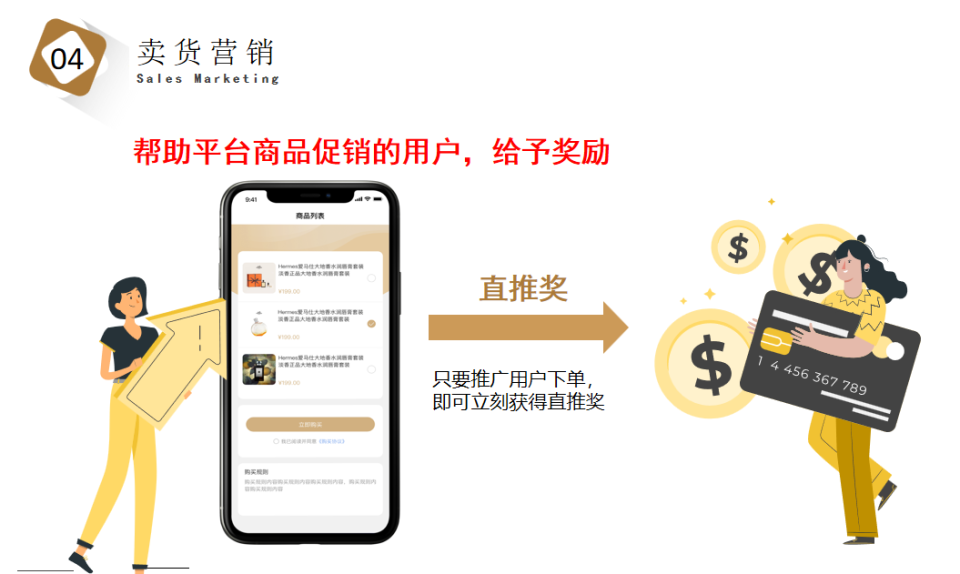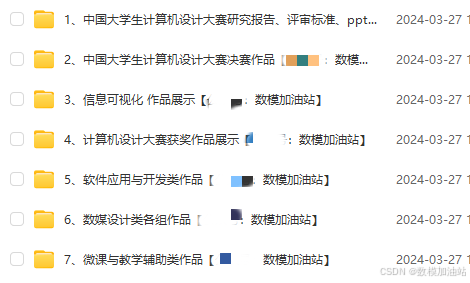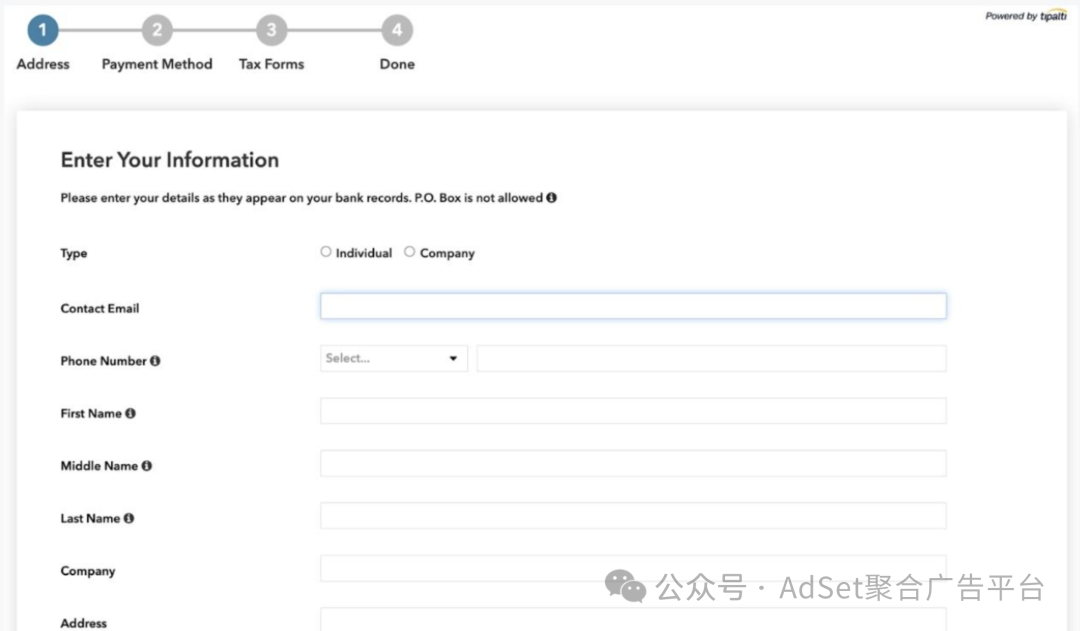前言:使用Hutool

1.什么是Hutool?


2.代码复制到test类中

3.代码爆红,说明需要引入依赖

4.根据名取Maven仓库相关依赖



5.在pom.xml文件中进行配置 
6.引入成功
7. 运行程序

打开d盘,发现已经生成了验证码的图片,路径在上面提示有。

使用其他验证码的方式相同,不赘述。

1.验证码项目
功能:后端实现验证码实现逻辑,前端负责返回的数据进行页面的提示。
实现:用户进行验证码输入,输入正确则跳转验证成功的页面,没输入或者输入不对,有弹窗提示,有60s的验证时间。
2.写生成验证码后端接口

1.先简单编写后端接口captcha(类CaptchaController)

2.验证是否成功

3.配置文件
为什么要配置文件?
好进行封装,因为图片长宽高,session,date等都是可以设置的常量
session的key是拿到用户输入的验证码进行比较
date指的是验证码的是时效。
这些都是可以设置为常量,你也可以在一个类中设置这些常量,但是如果有多个类要进行使用呢?
当然前期学习时我们是创建一个对象进行存储常量,但是我们这里是进行配置的学习啦。
这里把默认的application.properties修改成yml。
之所以修改单纯是为了练习。

4. 创建一个CaptchaProperties对象

代码:
package com.example.demo.model;
import lombok.Data;
import org.springframework.boot.context.properties.ConfigurationProperties;
import org.springframework.stereotype.Component;
@Component
@ConfigurationProperties(prefix = "captcha")
@Data
public class CaptchaProperties {
private Integer width;
private Integer height;
private Session session;
@Data
public static class Session{
private String key;
private String date;
}
}为什么要创建一个对象?
比如拿现在有个常量要接受,你是要定义五个变量接收呢,还是使用一个对象接收?


代码:
package com.example.demo.controller;
import cn.hutool.captcha.CaptchaUtil;
import cn.hutool.captcha.LineCaptcha;
import com.example.demo.model.CaptchaProperties;
import jakarta.servlet.http.HttpServletRequest;
import jakarta.servlet.http.HttpServletResponse;
import jakarta.servlet.http.HttpSession;
import org.springframework.beans.factory.annotation.Autowired;
import org.springframework.web.bind.annotation.RequestMapping;
import org.springframework.web.bind.annotation.RestController;
import java.io.IOException;
import java.util.Date;
/**
* 验证码控制器,用于处理验证码的生成和验证
*/
@RequestMapping("/captcha")
@RestController
public class CaptchaController {
// 设置验证码在Session中的有效时间(毫秒)
private final static long SESSION_VALID_TIMEOUT = 60 * 1000;
// 注入CaptchaProperties配置类,用于获取验证码的配置信息
@Autowired
private CaptchaProperties captchaProperties;
/**
* 获取验证码图片
*
* @param session 用于存储验证码及其生成时间的HttpSession
* @param response 用于输出验证码图片的HttpServletResponse
*/
@RequestMapping("/get")
public void getCaptcha(HttpSession session, HttpServletResponse response) {
// 根据CaptchaProperties中的配置生成一个线性验证码
LineCaptcha lineCaptcha = CaptchaUtil.createLineCaptcha(captchaProperties.getWidth(), captchaProperties.getHeight());
// 设置响应的内容类型为图片
response.setContentType("image/jpg");
// 禁止浏览器缓存验证码图片
response.setHeader("Pragma", "No-cache");
// 将验证码图片写入到响应的输出流中
try {
lineCaptcha.write(response.getOutputStream());
// 将验证码文本存储在Session中,用于后续的验证
session.setAttribute(captchaProperties.getSession().getKey(), lineCaptcha.getCode());
// 可选:将验证码的生成时间也存储在Session中,以便进行过期检查
session.setAttribute(captchaProperties.getSession().getDate(), new Date());
// 关闭响应的输出流
response.getOutputStream().close();
} catch (IOException e) {
// 如果发生IO异常,则抛出运行时异常
throw new RuntimeException(e);
}
}
}3.写校验验证码check接口

代码:
@RequestMapping("/check")
public Boolean check(String inputCode, HttpSession session){
//验证码生成的内容, 和用户输入的进行比较
if (!StringUtils.hasLength(inputCode)){
return false;
}
//从session获取信息
String savedCode = (String) session.getAttribute(captchaProperties.getSession().getKey());
Date saveDate = (Date) session.getAttribute(captchaProperties.getSession().getDate());
if (inputCode.equalsIgnoreCase(savedCode)){
//判断验证码是否过期
if (saveDate!=null && System.currentTimeMillis()-saveDate.getTime() < session_valid_timeout){
return true;
}
}
return false;
}
}4.写前端代码index.html


代码:
<!DOCTYPE html>
<html lang="en">
<head>
<meta charset="utf-8">
<title>验证码</title>
<style>
#inputCaptcha {
height: 30px;
vertical-align: middle;
}
#verificationCodeImg{
vertical-align: middle;
}
#checkCaptcha{
height: 40px;
width: 100px;
}
</style>
</head>
<body>
<h1>输入验证码</h1>
<div id="confirm">
<input type="text" name="inputCaptcha" id="inputCaptcha">
<img id="verificationCodeImg" src="/captcha/get" style="cursor: pointer;" title="看不清?换一张" />
<input type="button" value="提交" id="checkCaptcha">
</div>
<script src="https://cdn.bootcdn.net/ajax/libs/jquery/3.6.4/jquery.min.js"></script>
<script>
$("#verificationCodeImg").click(function(){
$(this).hide().attr('src', '/captcha/get?dt=' + new Date().getTime()).fadeIn();
});
$("#checkCaptcha").click(function () {
$.ajax({
url: "/captcha/check",
type: "post",
data: {
inputCode: $("#inputCaptcha").val()
},
success:function(result){
if(result){
location.href = "success.html";
}else{
alert("验证码错误或者过期");
}
}
});
});
</script>
</body>
</html>5.写前端代码success.html
<!DOCTYPE html>
<html lang="en">
<head>
<meta charset="UTF-8">
<meta name="viewport" content="width=device-width, initial-scale=1.0">
<title>验证成功页</title>
</head>
<body>
<h1>验证成功</h1>
</body>
</html>
6.展示:








![NSS [SWPUCTF 2022 新生赛]funny_php](https://img-blog.csdnimg.cn/img_convert/f54cf5d1ba054f39dca63a4e1b6493a8.png)













